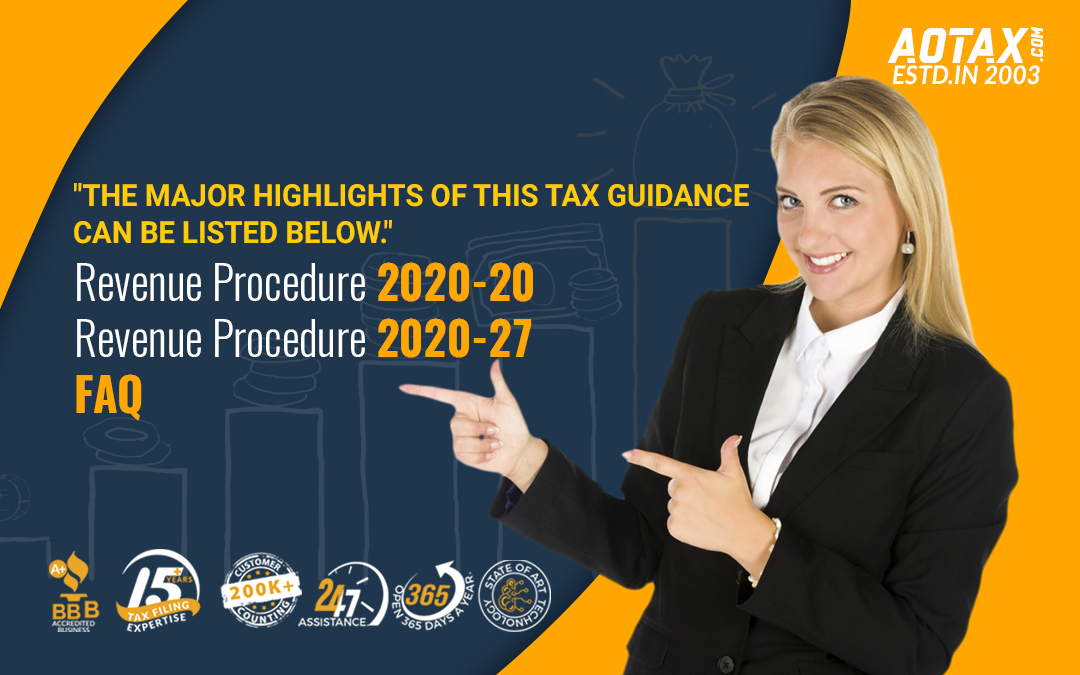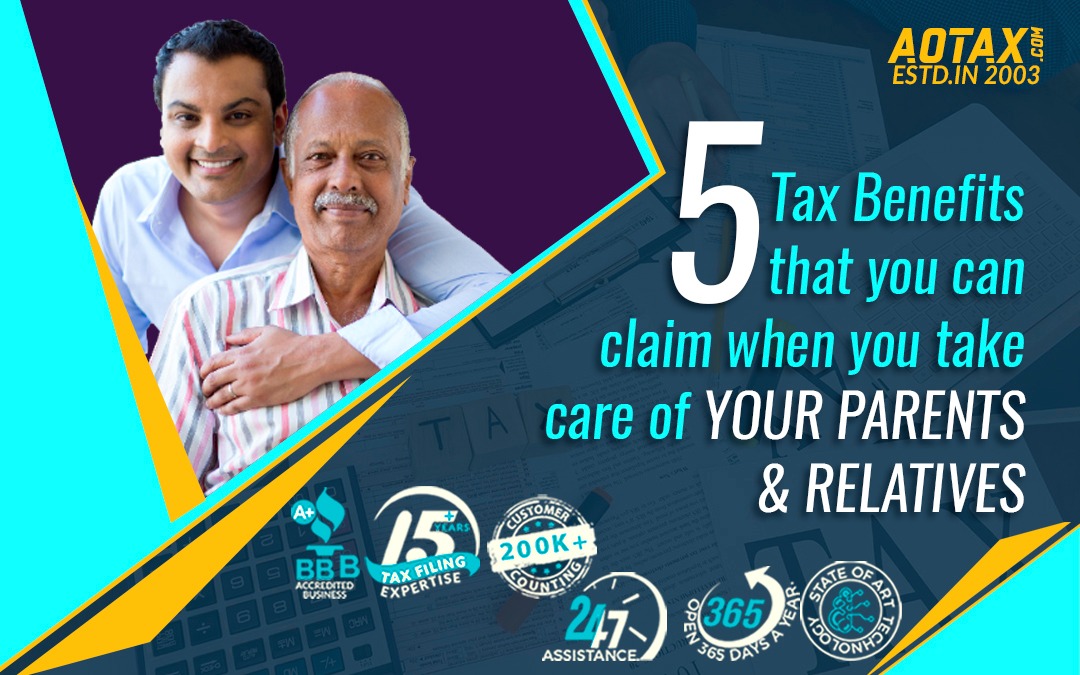
Tax implication for home-buyers in the US
Tax implication for home-buyers in the US
More and more Americans are now looking for purchase of vacation homes, rental income properties, and comfortable places to settle down after retirement. US Tax laws governing the ownership of property are quite complex and have different tax implication for both residents and non-residents.
Tax benefits of homeownership in the US
- The main tax benefit of owning a house in the US is that the homeowners do not need to pay taxes on the imputed rental income from their own homes.
- Homeowners will not have to count the rental value of their homes as taxable income even though that value is just a return on investment such as that of stock dividends or interest on a savings account. So, the rental value of homes is a form of income that is non-taxable.
- Homeowners are allowed to deduct mortgage interest, property tax payments, and other expenses from their federal income tax if they are itemizing their deductions.
- According to the tax rules, in a well –functioning Income tax system there must be deductions made for mortgage interest and property taxes. But, the current Federal Income tax system does not tax the imputed rental income.
- Furthermore, homeowners can also exclude up to a certain limit the capital gain which they realize from the sale of their home.
- Both residents and non-residents in the country must pay taxes on any property which has been generated by renting a property that is located in the US and also by any gain realized from the sale of the property.
Imputed Rent
In the US, a landlord can count the rent received as income whereas the renters may not deduct the rent which they are paying. A homeowner can be considered as both the landlord and the renter. However, the tax code of the country would treat the homeowners in the same way as the renters by ignoring their simultaneous role as their landlords.
Deduction of mortgage interest
Those homeowners who are itemizing their deductions may reduce their taxable income by deduction of the interest that has been paid on the mortgage of their home. Those taxpayers who do not have their own homes will not have the ability to make any deductions for the interest paid on the debt incurred in the purchase of goods and services.
However, there have been certain changes introduced by the TCJA (Tax Cuts and Jobs Act). Before the changes introduced by the TCJA, the deduction was limited to the interest paid up to $1 million of debt which has been incurred either to purchase or substantially rehabilitate a house. Homeowners can also make a deduction on the interest that is paid up to $100,000 of home equity debt regardless of how the borrowed funds have been used. The TCJA has also limited the deduction to interest on up to$750,000 of the mortgage debt which has been incurred after 14th December 2017 to either buy or improve a first or second home.
Deduction of property tax
Homeowners who can itemize their deductions may also have to reduce their taxable income by deduction of property taxes which they pay on their homes. This deduction can be said to be a transfer of federal funds to the jurisdiction which imposes a property tax and allowing them to raise the property tax revenue a lower cost to its constituents.
Profit from home sales
Usually, taxpayers who sell assets must pay capital gains tax on any profit which is made out of the sale. But, homeowners might exclude from the taxable income up to $2, 50,000 of capital gains on the sale of their homes. This is feasible when certain criteria i.e. the homeowners must have maintained their home as a principal residence for two years out of the five preceding years and may not have claimed the capital gain exclusion for the sale of the other home during the previous two years.
Effect of deductions and exclusions
These benefits are more useful for those taxpayers who are in the higher-income tax brackets rather than to those who are in the lower-income tax bracket. The difference in the tax impact results due to three main factors: compared with lower-income homeowners, those with higher incomes face higher marginal tax rates, typically pay more mortgage interest and property tax, and are more likely to itemize deductions on their tax returns.
Conclusion
So, if you are a house owner or are planning to buy a house in the US these tax implications would be of great help to you in understanding the details related to the tax system.
References
- https://www.taxpolicycenter.org/briefing-book/what-are-tax-benefits-homeownership
- https://www.greenbacktaxservices.com/blog/buying-us-property-us-tax-implications/#:~:text=At%20a%20minimum%2C%20you%20will,property%20taxes%20on%20your%20property.&text=If%20the%20property%20owned%20is,of%20ownership%20in%20this%20property.






Recent Comments